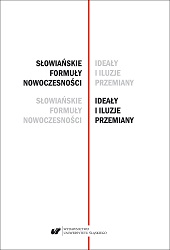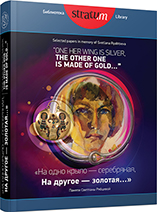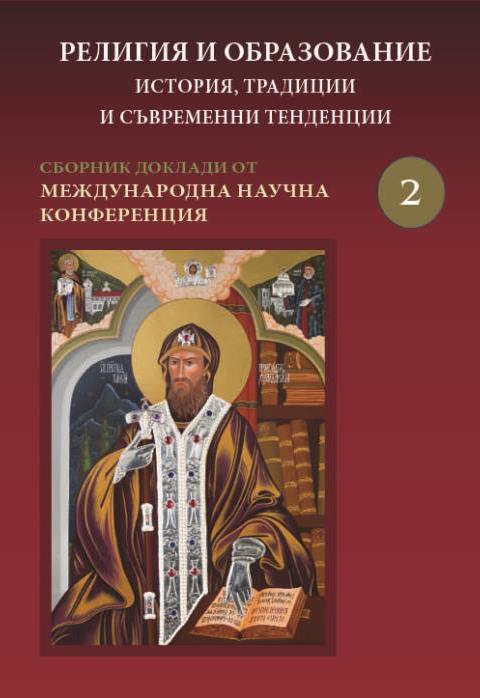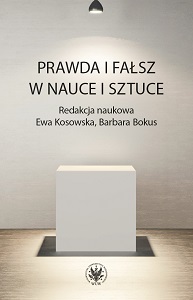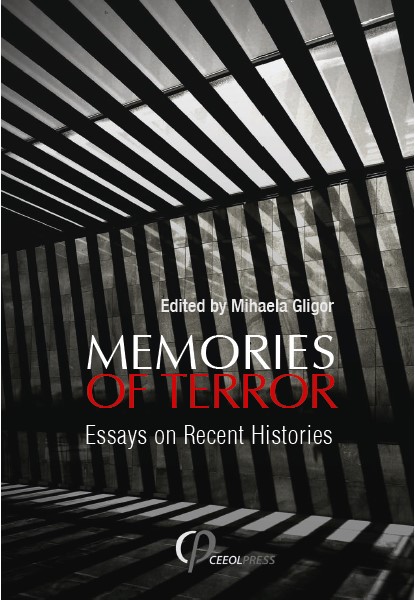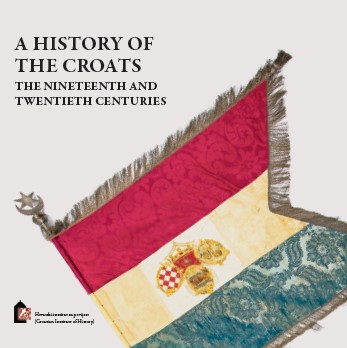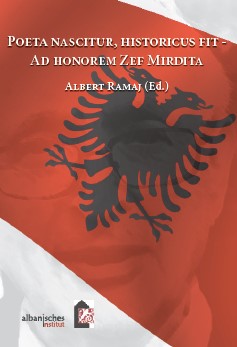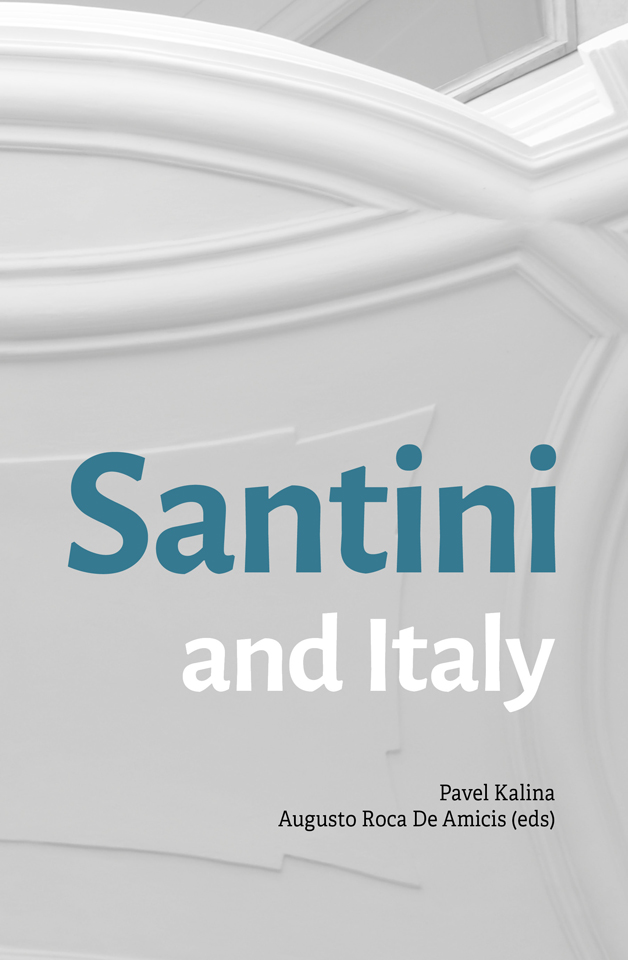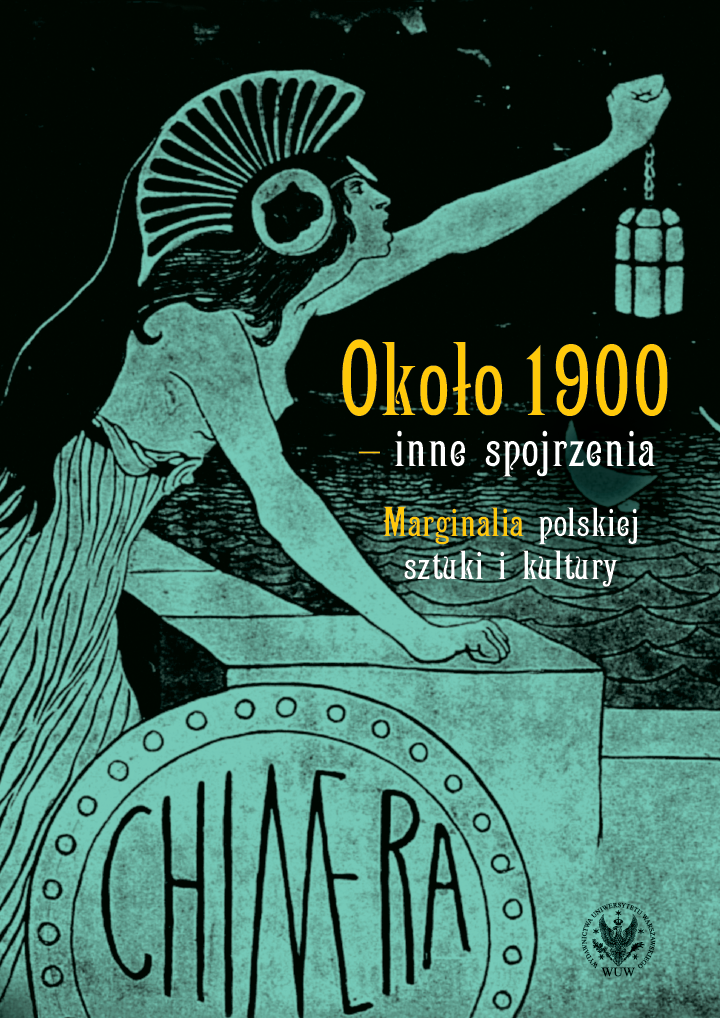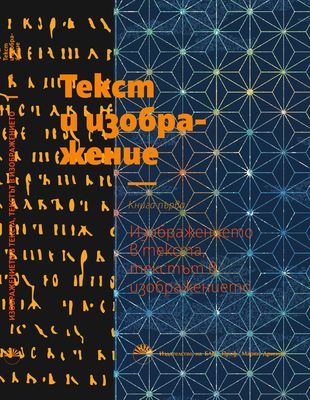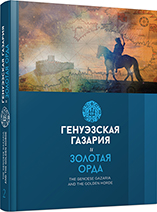
Очерки истории селадонов
The article deals with the history of the origin and the main stages of development of celadon what is one of the most remarkable inventions of mankind in the field of ceramic production. The path to the highest heyday of this sort of high-firing ceramics took about 2000 years. Kilns and workshops for their production functioned in North and South China, as well as in the Korean Peninsula. Special raw materials became a necessary condition for their appearance, and potter’s craftsmanship, experience and technical thought turned them into real masterpieces in the 8th—13th c.Ceramic wares with green glaze were spreading along the trade routes to the countries of East and South-East Asia, through Central Asia and the Middle East reached Africa during the Middle Ages. New archaeological discoveries in different regions of Eurasia are constantly expanding the geography of their distribution. After the discovery of celadons in Europe in the 17th c. interest in the technology of their production is constantly growing, and research methods are being improved.
More...
